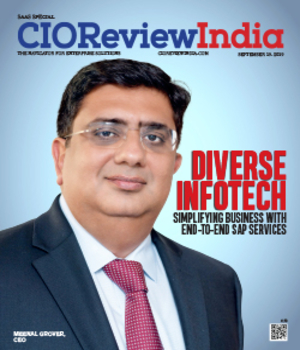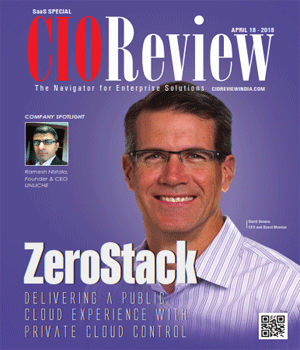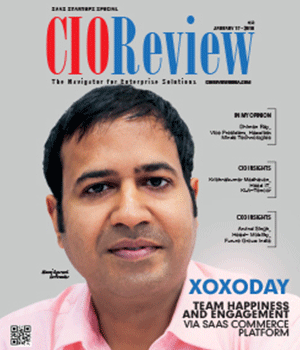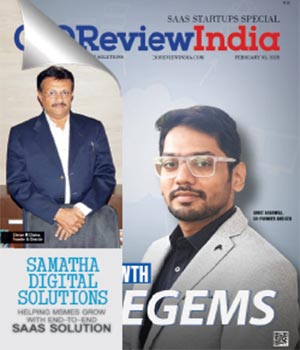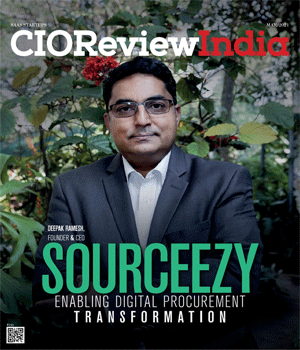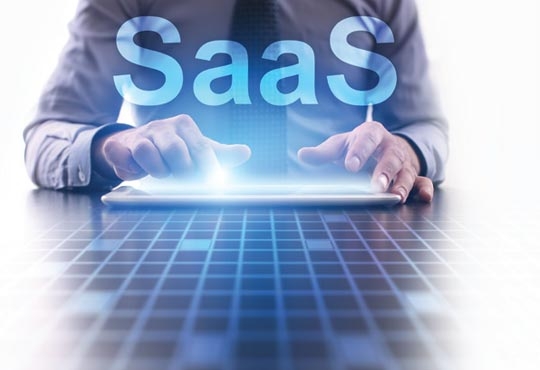
2020 To Be A Trendsetting Year For The SaaS Industry
Abhilash Garg, VP IT (SaaS), DMI Financial Private Limited | Monday, 03 February 2020, 06:58 IST
As Gartner defines SaaS as “software that is owned, delivered and managed remotely by one or more providers. The provider delivers software based on one set of common code and data definitions that is consumed in a one-to-many model by all contracted customers at any time on a pay-for-use basis or as a subscription based on use metrics.”
These days it’s conceivable to have a Data Warehouse in the cloud that can access for Data Science Analysis or Business Aptitude software, which is actually running as a service and is connected with any cloud-based application. The savings can run into the millions/billions.
In sort, SaaS is transmuting technology today.
“All signs indicate that this year is going to be trendsetting year for the businesses in SaaS industry. The future is all about Automation, Artificial Intelligences, Predictive Analysis, and Vertical SaaS”
Analysts from Forrester Research estimated the average market value growth at 56.2% annually and forecast that it will continue to burgeon by 2020 at a speed of 18.9% per year. It comes as no surprise that the SaaS market is mounting promptly.
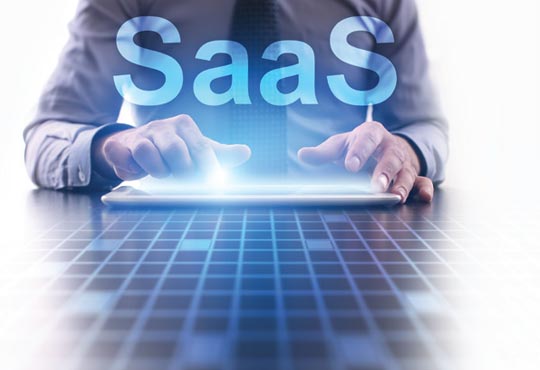
As per Gartner report (Nov 2019), SaaS remain the largest market segment, which is forecast to grow to $133 billion next year due to the scalability of subscription-based software.
A decade ago, Technology Management was major stakeholder for all major technology purchasing decisions. Nowadays, scenarios has been changed as thousands of SaaS apps available, it is impossible for Tech Management to evaluate the right technology as per business needs. Moreover anyone, even business team can choose, purchase, and implement apps.
In new Era, every business is reaping the benefits of SaaS. Over the past couple of years, overall SaaS spending has increased. However, there have been a few interesting shifts. HR software spend has increased year-over-year. Sales, engineering, and business operations continue to hold the lion’s share of subscription dollars, though these numbers (especially for sales) have fluctuated quite a bit over the last decade.
SaaS can be broadly divided into two categories: Horizontal SaaS, implemented regardless of industry type. Vertical SaaS, implementation is industry specific.
As per my understanding, Future is Vertical.
SaaS products began as “Horizontal”, serving a single function for a variety of industries. A classic example is CRM software - Salesforce.
Vertical SaaS model focus much more narrowly on industry verticals. Their solutions are purpose-built for industry niches and in doing so, they narrow the size of their potential market. Vertical SaaS can obviously take a much more narrow approach to marketing than their counterparts, which would tend to require fewer resources.
Due to specialization to industry, market is likely to be smaller than horizontal but even if the entrance looks small, the Big market beyond is expanding.
Companies are more willingly to choose SaaS over on-premises apps, as it is more beneficial and secure solution. Listed down couple of beneficial of SaaS –
• Pay per Use
• Stability & Predictability
• Higher Adoption Rate
• Service Delivery Automation
• Accessible from any Locations
• Compatible across Multiple device
• Personalization and Customization
There are always two sides of coins. Now let’s discuss some core challenges with SaaS.
Access Challenges – Access controller and setting of traditional software difficult to carry forward to SaaS App
Cost of Integration – You have to bear the additional cost of highly skilled IT technicians or need to rope in cloud consulting firms that provide expertise in integration
Time Constraints – Integrating SaaS with your traditional applications can be time consuming, as a result of which your work may get delayed
Faulty Integration – If the integration is not up to the mark, many problems can arise
2019 was a breakthrough year for the SaaS world in many ways. Most of the organization has been implemented at least 1 SaaS application or in process of implementation.
All signs indicate that this year is going to be trendsetting year for the businesses in SaaS industry. The future is all about Automation, Artificial Intelligences, Predictive Analysis, and Vertical SaaS.
As per an analyst’s view in late 2019, Google should acquire Salesforce to leapfrog Microsoft in cloud market. This is the clear indicator of SaaS trends in 2020.
CIO Viewpoint
2020 To Be A Trendsetting Year For The SaaS...
By Abhilash Garg, VP IT (SaaS), DMI Financial Private Limited
Baseline It Transformation In Digital Era
By Shibin Chulliparambil, Head of IT, Mafatlal Industries Limited
Scenarios And Challenges In Personal Data...
By Ajay Kumar, Group Head IT, Polyplex
CXO Insights
The Rise Of Developer-LED Innovation And...
By Subrato Bandhu, Regional Vice President, OutSystems
Four Questions To Answer Before Considering A...
By Shrikant Navelkar, Director, Clover Infotech
3 Focus Areas For An Autonomous Driving Revolution



